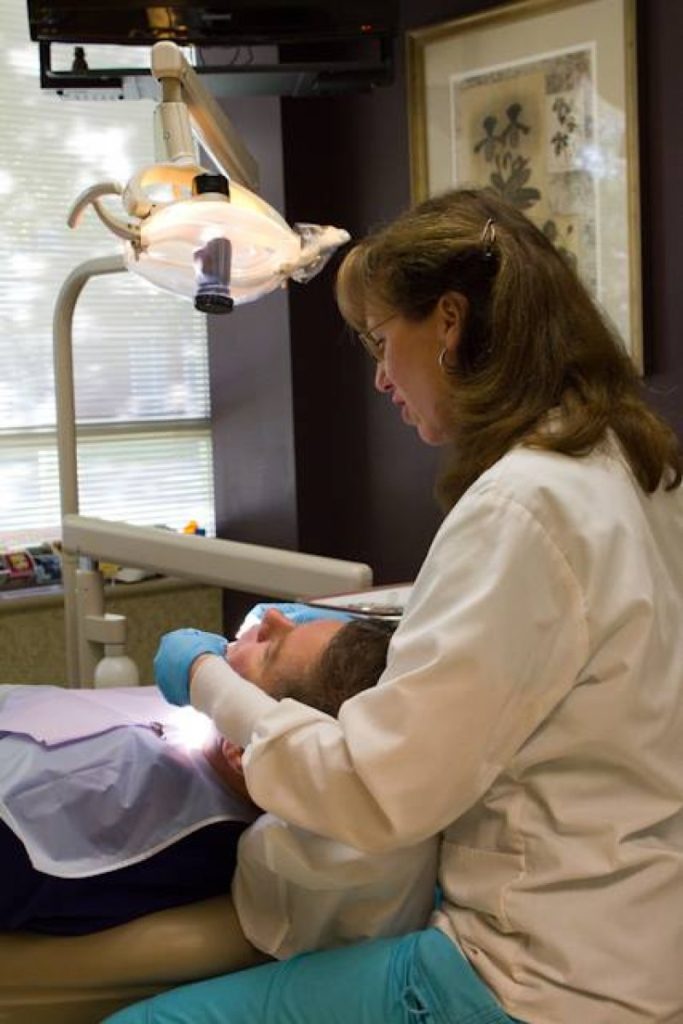
The removal of a tooth requires much attention and patience during recovery. The process might seem as if it takes forever, but you don’t want to attempt to hurry the healing of your extraction site. But what can you do to avoid a dry socket? Hearing about the pains this potential problem can cause, it’s essential that you do everything possible to minimize the risk. Read on to find out how to know if you have one, what you can do to treat it, and most importantly, how you can avoid one from the start.
What is a Dry Socket?
After having a tooth removed, you’ll learn that the one thing you must be mindful of is the potential of a dry socket. Your dentist will explain what you can do to avoid it, but you’ll be required to take every precaution once you’re at home.
This painful condition occurs when the blood clot that forms within the extraction site becomes dislodged or dissolves before healing is complete.
Clotting is necessary after tooth removal because it provides a layer of protection over the extraction site. The underlying bone and nerves remain vulnerable and exposed, and a blood clot helps to conceal these areas.
However, should it dissolve, never form, or become dislodged, the results can be extremely painful.
How Do You Know If You Have a Dry Socket?
Most patients know if they have a dry socket because of the intense pain they experience. Once the blood clot is no longer in its appropriate place, the area can become swollen. Food can become trapped, enhancing the pain you feel.
You might also:
- Visibly see the bone within the socket
- Have bad breath or bad taste in your mouth
- Pain that radiates throughout your mouth and into your eye, ear, head, or neck
How Is It Treated?
The moment you notice any of the above-mentioned symptoms, you’re encouraged to see a dentist right away.
In most cases, prescribed antibiotics will be the recommended form of treatment, and you should notice a dramatic decrease in pain over several days. However, if you notice that it begins to worsen instead, you should waste no time in contacting your dentist for help.
What Can You Do to Avoid a Dry Socket?
To minimize your risk of developing a dry socket, you’ll need to do a few things after your tooth extraction. These include:
- Staying away from straw. The sucking motion can cause the blood clot to become dislodged.
- Giving up smoking or using tobacco, especially for the first 48 hours.
- Eating only soft foods in the beginning to prevent additional pressure and pain on the extraction site.
- Taking care of your teeth and gums by keeping your mouth clean. Your dentist will offer tips to brush and floss without irritating your wound.
A dry socket is something you want to avoid at all costs, and you can by making sure you follow the directions provided by your dentist after having a tooth removed. Doing so will ensure that your recovery is a success.
About the McCarl Dental Group at Shipley’s Choice
Our team at McCarl Dental Group at Shipley’s Choice wants you to recover without any complications after oral surgery. When having a tooth extracted, various complications can occur, one of which is a dry socket. Having the tools and tips to minimize your risk is important, so call our office or visit our website to find out what you can do to avoid problems and ensure a safe and healthy recovery.
